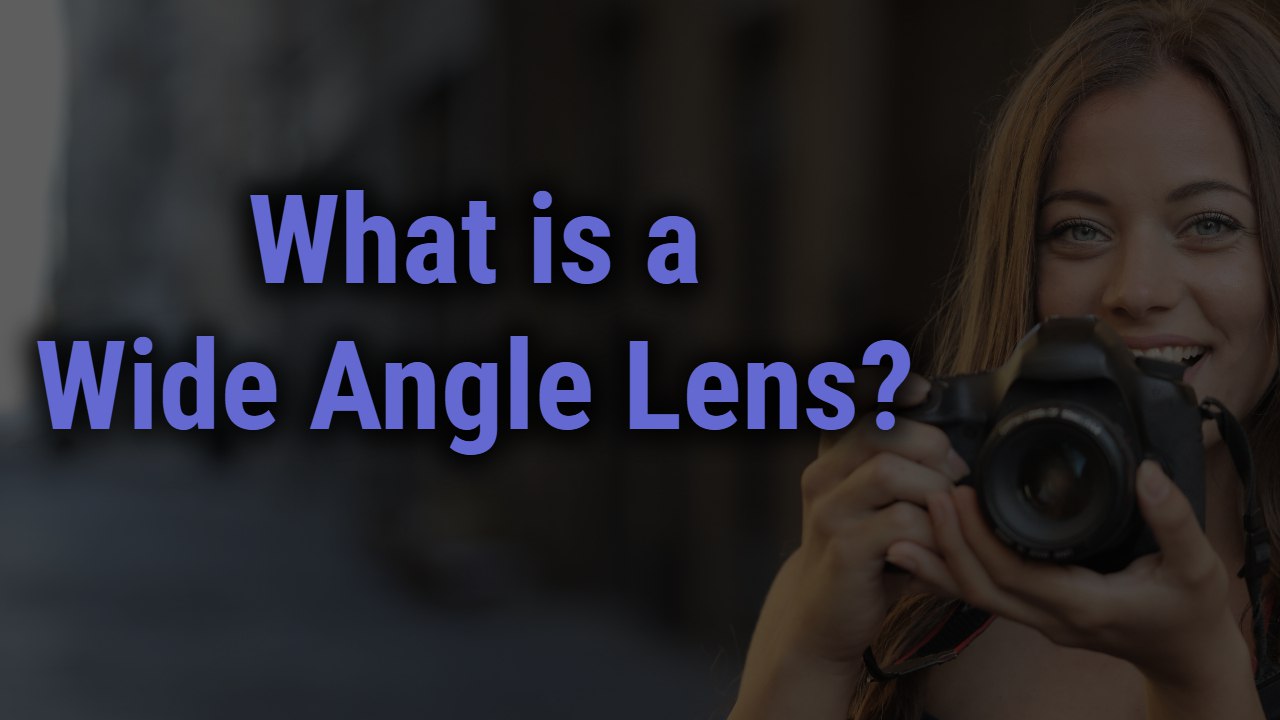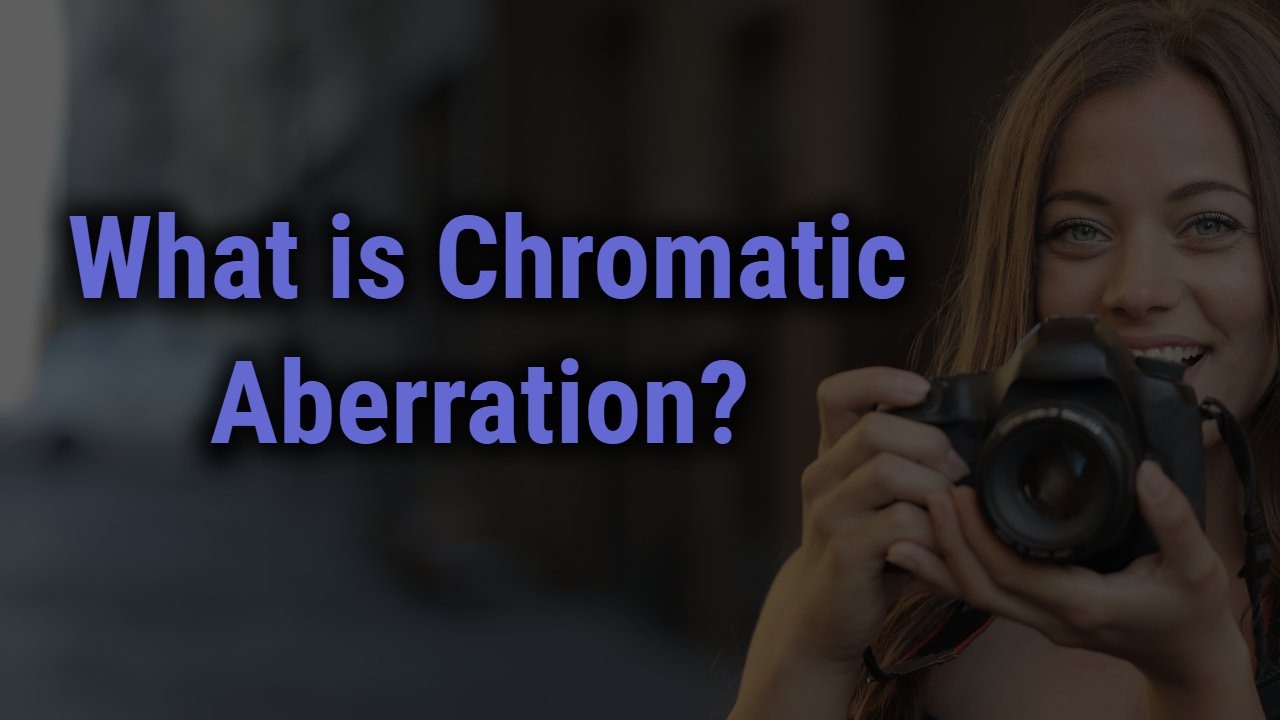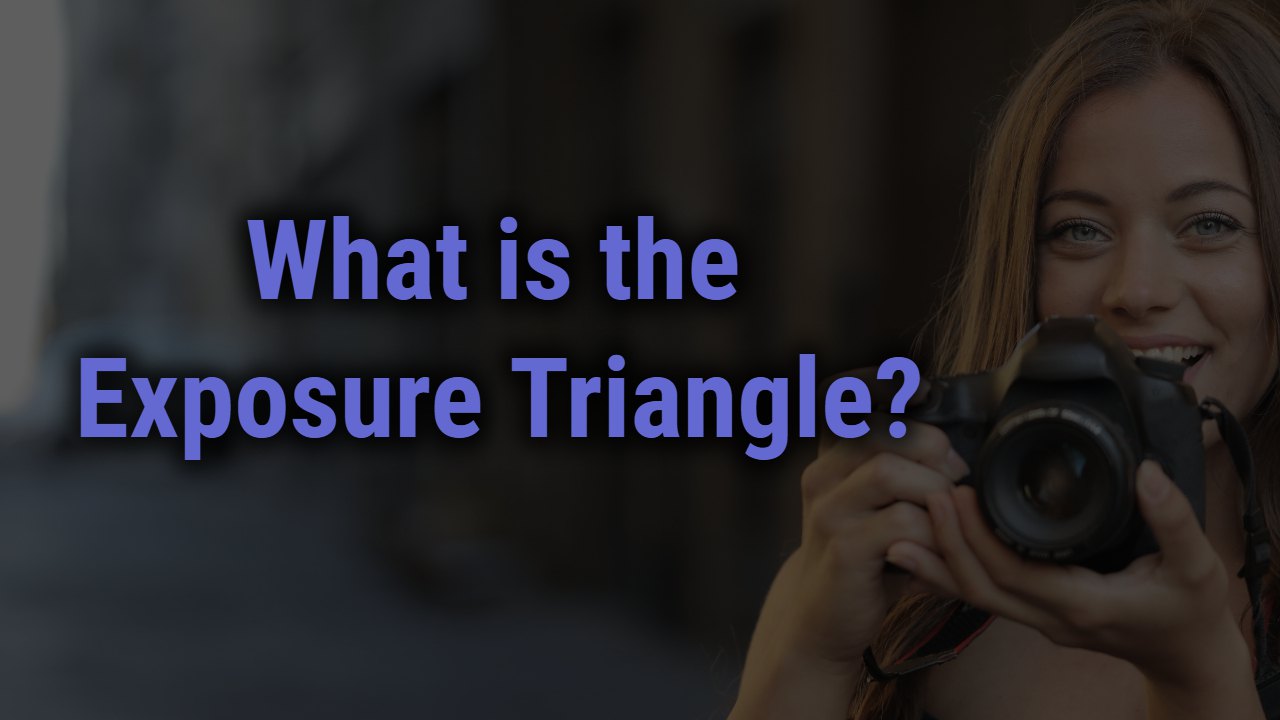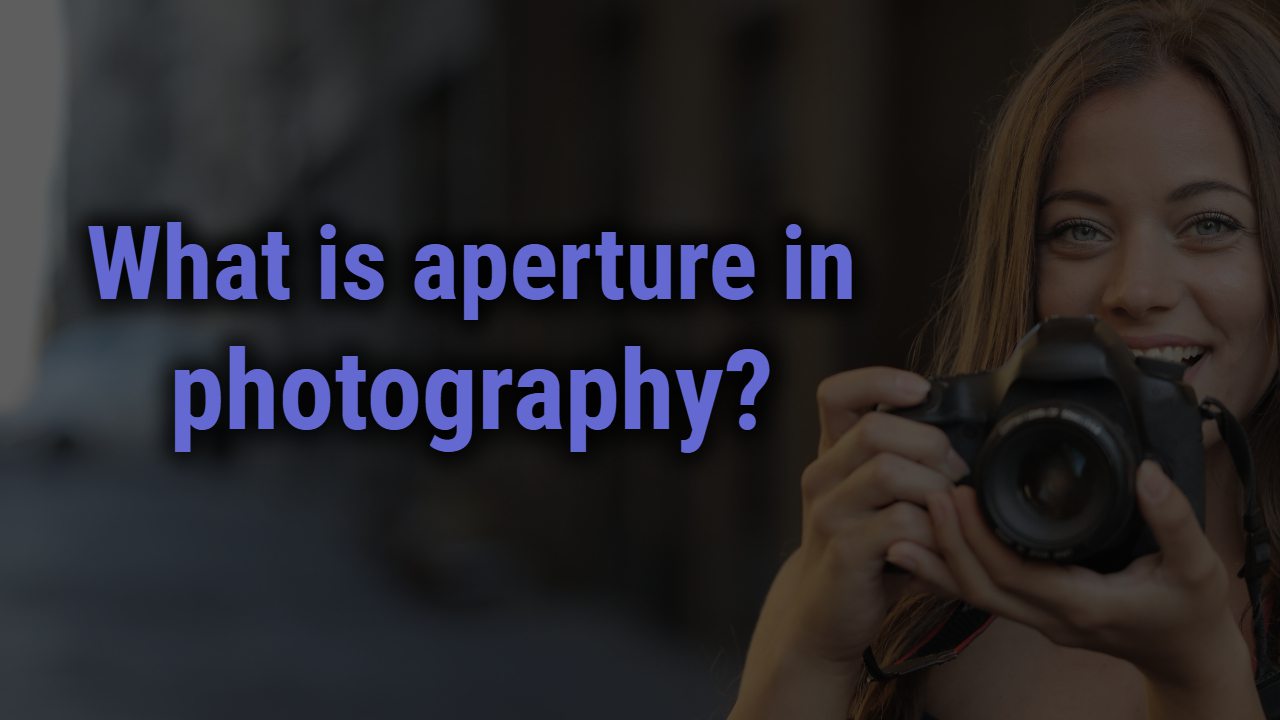Professional or beginner, everyone desires to get their hands on better photography results, usually with tons of practice, an effective lens kit, and productive insight.
The camera doesn’t work along in the flawless shooting journey; the advanced lens is accompanied. A lens is classified based on its versatility; the wide-angle lens is one with a wider angle of view than the ordinary lens.
Wide-angle lenses are the definition of exquisite photography, one that involves capturing the reality of the scenario in the momentary frame. This usually includes the fascinatingly natural landscape, cramped interiors, and architectural shots.
Numerous famous brands have been claiming numerous of the best wide-angle lens options. And with the all-vast selection of lenses around, choosing one is a proven chaotic task ever. Not anymore, know the brief of Wide-angle lens by simply scrolling down and leading the broadest view shooting like a master.
This Post Contains
What are wide-angle lenses?
In simple words, a wide-angle lens is a lens with a focal length shorter than a regular lens; the lens with a wide angle of view is called the wide-angle lens. In general terms, any lens can be a wide-angle lens with a focal length minimal to 50mm range.
These lenses are designed to allow the involvement of more of the scene to be included in the photograph or film scene. These lenses are mastered in architectural, interior, and landscape photography, where one should be needed to capture the scene without moving farther from the scene.
Wide-angle lens signified with
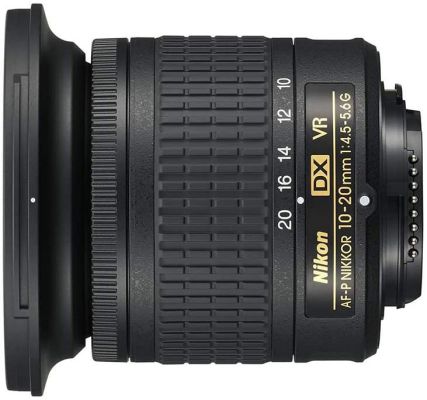
The focal length of the wide-angle lens should be a minimum of 35mm
The angle of view of the wide-angle lens should be between 64 degrees and 84 degrees.
Type of Wide-angle lens
A wide-angle lens is the most creative lens that allows you to fit more into the frame, making the shot perfect for capturing landscapes and cityscapes.
They have a wider angle of view than a normal lens. On the basis of their versatility, these lenses are categorized into three different types.
- Fish-eye lens– These special lenses are ultra-wide angle lenses, and their angle of view is specified at 180 degrees; this all dedicatedly allows you to see half of a full rotation. The Fisheye wide-angle lens is distinctive and hemispherical, and they are designed to drag out as much information as possible.
- Rectilinear lens– The other type of wide-angle lens that does not engage any distortion, and they are potent for keeping the line straight. With the straight features, the footage allows the lines like the edge of the building, walls conveniently straight unlike the curved, bent one and all that without any distortion.
- Tilt-shift lenses– these are quite different from others; they don’t need to be wide-angle lenses. It’s also called a perspective control lens that changes the position of the lens in the camera’s image sensor. This works with tilting so that it won’t be parallel to the sensor and later shifts the plane of focus to alter the depth of field to get the best footage.
Fun benefits of the Wide-angle lens
A wide-angle lens is any lens with a short focal length and a wide field of view; this lens allows the maximum amount of scene to capture in the frame resulting in more professionalism.
These lenses offer the greatest depth of field without leaving any crucial subject from the frame. Professionals always recommend using the wide-angle lens because of its immense benefits; let’s have a look.
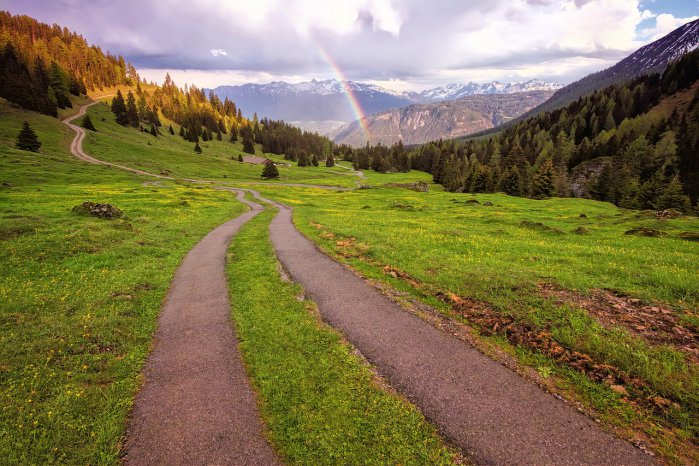
- Vision– the wide-angle lens covers the broadest vision in the frame without leaving any details in back
- Sharpness– the wide-angle lens has been famed best as it conquered best for shooting sharp imagery.
- Composition– unlike the regular lens, the wide-angle lens has a bordering scope, and they are perfect for shooting busy streets.
- Cropping– The image of the wide-angle lens can be easily cropped in post-processing.
- Discreet– These lenses are best known for hectic and crowded photography areas because they are the lightest and most compact.
- Maneuverability– Wide-angle lenses are associated with the lightest weight, which means they can be easily used while traveling.
- Versatility– The wide-angle lens is highly creative because they are versatile to shoot a variety of photography style
- Narrow place– These lenses are excellent for shooting in narrow places because they can catch the sharpest detail in challenging, cramped spaces
Wide angle and ultra-wide angle
As we mentioned, wide-angle lenses are the ones with short focal lengths consuming a wide field of view. This lens allows the capture of more scenes than the regular lens.
There are two different terms that exist surrounding photography: wide-angle and ultra-wide angle. These two terms are not entirely different from one another.
They both relate and serve a similar purpose, spreading the broadest vision in the frame. The wide-angle and ultra-wide-angle lenses are categorized based on focal length value.
- With the full-frame camera, if the lens is associated with a 35mm focal length, it is a wide-angle lens. If the lens has a 24mm or less focal length range, it’s an ultra-wide angle lens.
- With the crop sensor or APS-C camera, the lens will need a field of view of 65 degrees or more to get such an effect. For the focal length, you will have to match the same field of view as the full frame’s wide or ultra-wide lens and divide the focal length with a crop factor that usually is 1.6x for Canon and 1.5x for Sony and Nikon than only the true focal length of the lens and wide angle between 28mm to 35mm and ultra-wide angle between 14mm to 24mm.
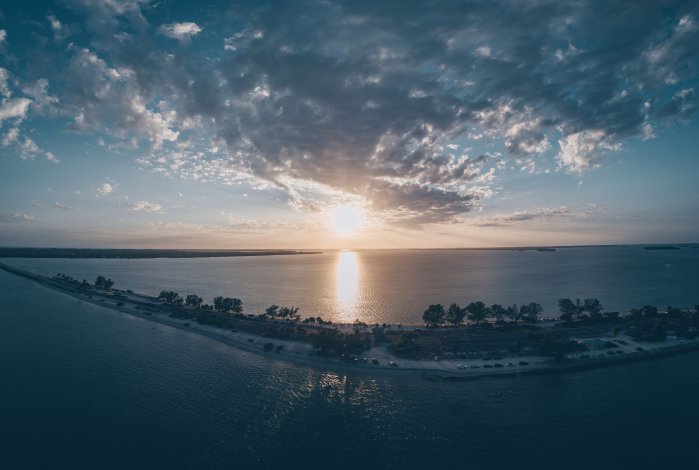
Characters of Wide-angle lens
A wide-angle lens is a lens that displays a wider field of view than any other regular lens. These lenses translate perfection into reality by framing flawlessly the sharp broadest image In the frame.
To master photography with a wide angle, one must know every inch of the lens. Let’s start with the major character, one that is the lens whole.
Focal length in Wide-angle lens– The focal length plays a significant role in identifying the camera lens character; Wide angle lenses are one that has a focal length of less than 35mm. The wide-angle lens can be either in fixed focal length or zoom lens format. But wide-angle should be prime because of the better image quality and sharpness.
The common focal length of the wide-angle lenses is 35mm, 28mm, 24mm,21mm,17mm, and 14mm.
Crop Factor in Wide-angle lens– You must already know about full-frame and APS-C; the ideal wide-angle lens focal length is for the full-frame camera with a large sensor. But with the camera configured with a smaller sensor, you can find a low angle of view, in such case, you will be needed to modify the value by multiplying the focal length by the camera crop factor. Analyzing carefully can only get the equivalent focal length and to a true wide-angle lens.
Depth of field in wide-angle lens– Wide angle has the greatest depth of field because they cover a wide viewing angle; this greatest depth of field in photography details out the picture in such a way that the artistic manifest the professional. You can isolate the subject and pay attention to the background when you frame a shot.
The perspective of wide-angle lens– Talking about the perspective, wide-angle lenses have one major perspective: image quality. This lens is designed in such a way that the foreground subject appears the largest in the frame while other distant objects tend to be the smallest. This special effect allows plenty of background details, adding precise content to the main subject. These lenses don’t engage with some unwanted distortion and disruption as well.
Uses of Wide-angle lenses
The wide-angle lens is considered highly creative and full of artistic vibes; these lenses are wide enough to nicely catch the glimpse of two worlds’ scenes attractively. Wide-angle lenses are generally used where you want to catch as much as the scene requires, such as landscapes or cityscapes. Let’s see when one should use a wide-angle lens.
- Street Photography– Wide-angle lenses are best for shooting street photography; they don’t need the photographer to move closer to the subject and get the most dramatic perspective of the footage as well.
- Travel Photography– Wide-angle lenses are usually the lightest weight and compact, which means they are best for carrying while traveling. Also, you can attach additional accessories as well without heavy weight fluctuation.
- Architectural Photography– Wide or Ultra-wide angle lenses serve best at shooting interior or architectural scenarios. They do have better aperture and build quality, so they get the best vision.
- Real-estate Photography– The wide-angle lens has excellent image quality and advanced control, which subject best for real-estate vision purposely the marketing verdict
- Landscape Photography– Wide-angle lenses are the best for shooting landscapes because of the aperture factor, size, weight, and image quality aspect. Also, they have the widest coverage in the frame.
- Event Photography – Special events like weddings, carnivals, or parties can use the expertise of wide-angle lenses because they don’t require moving from the space and shooting everything in frame with the background subject.
- Night Sky Photography– Wide-angle lenses are also best to shoot night light sky; they have a tendency to get the best out of milky way vision with edge-to-edge detail and sharpness.
Final Verdict
As we said, three things make photography better practice, tools, and insight. Equipment does the main job; the practice makes things better, and the knowledge is insightful because once you get to know the lens, you will be knowing how to learn more about working the camera.
Now that you have a proper insight into wide-angle lenses, you are one step closer to being the professional filmmaker you have ever dreamt of.
The wide-angle perspective, its vision, its beneficial aspect, its drawback, and every other significant detail have been considered in this in-depth article; just to make you master capturing broader than regular lenses’ vision in the frame.
We hope you have found this article helpful, do not forget to let us know what will be the next thing you want to read in the next article.

